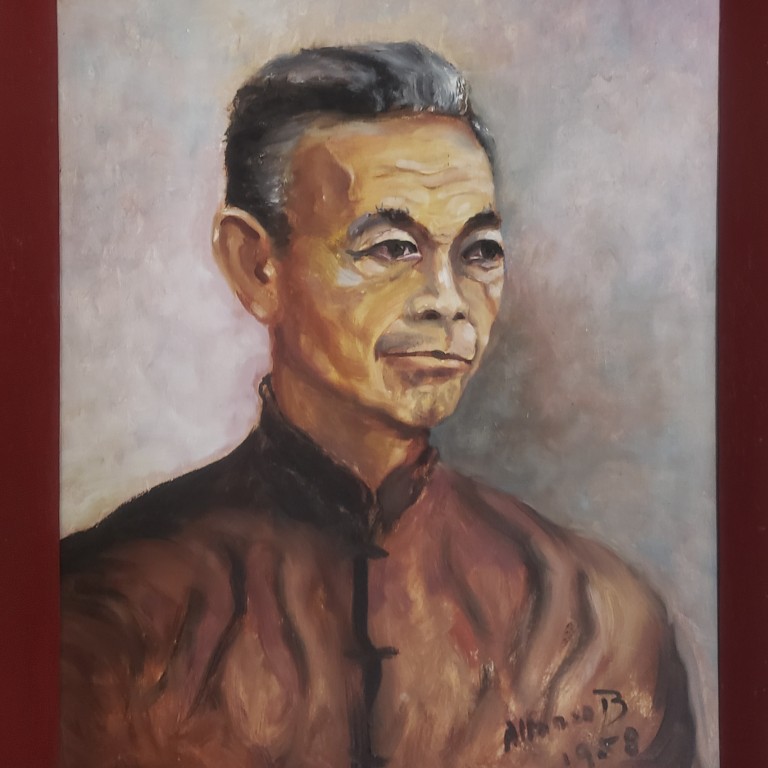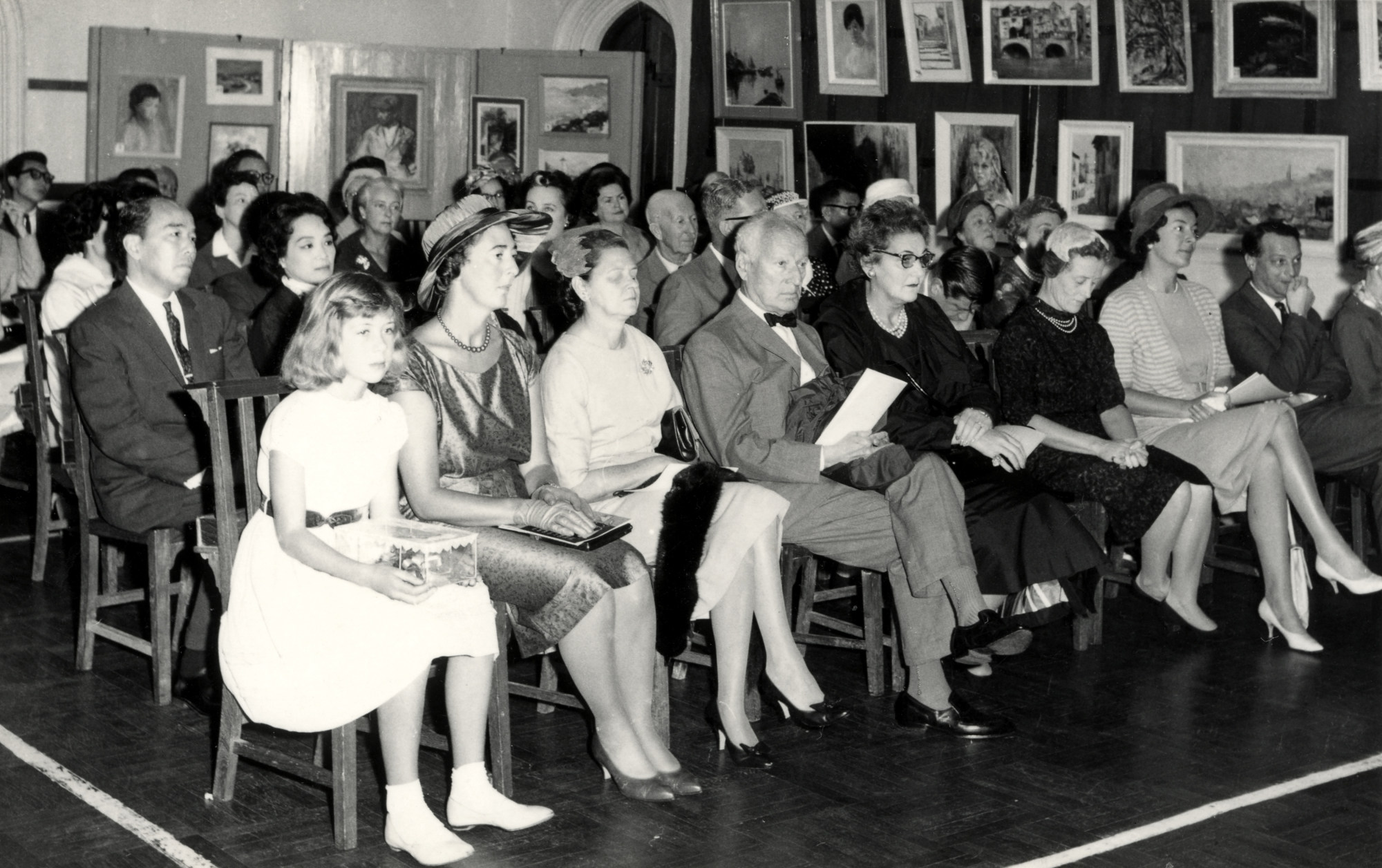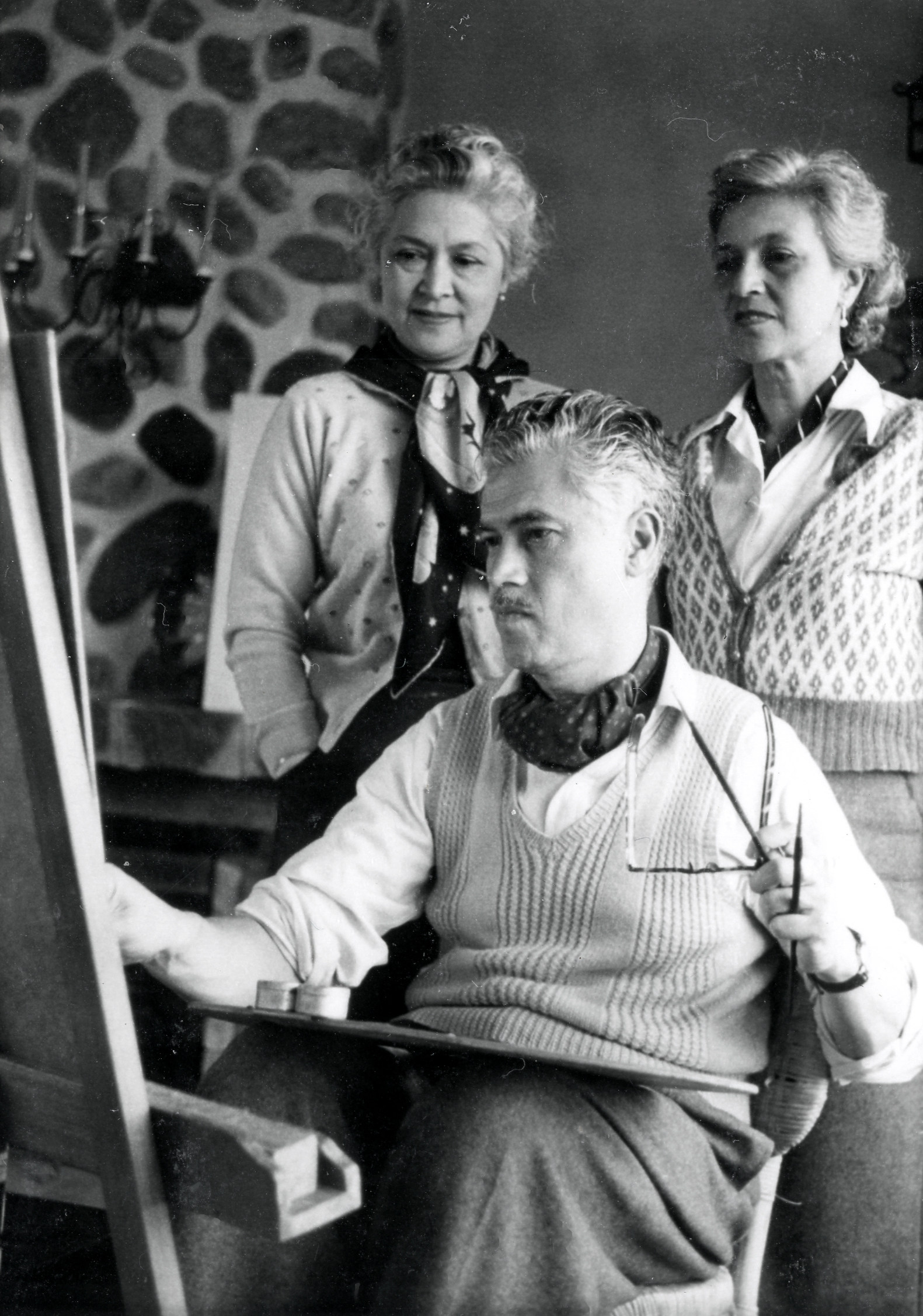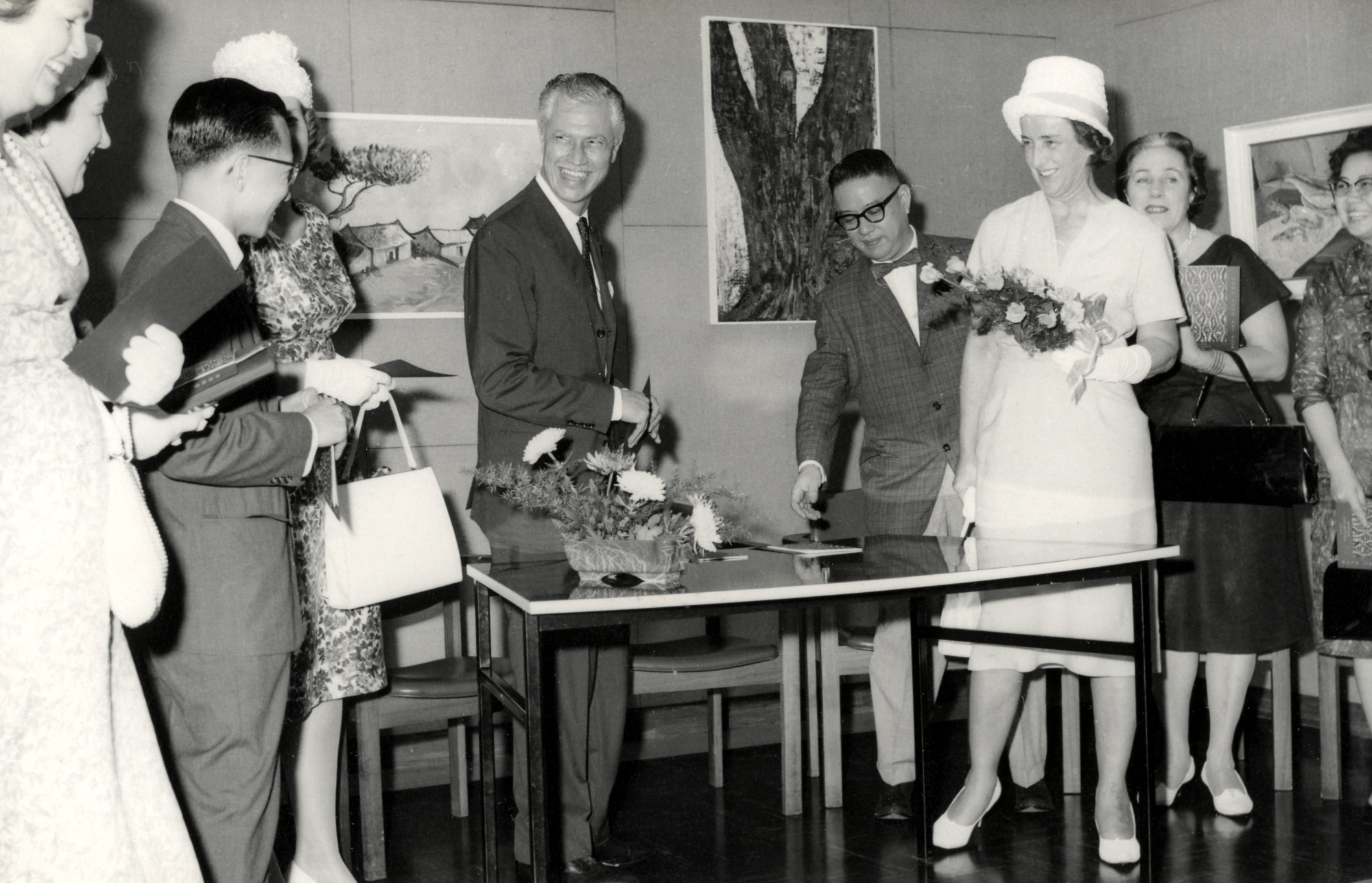
How the Hong Kong School of painting evolved after the Pacific war, and 2 hobby artists – shoe shop and clubhouse managers – who stood out
- European residents, recent arrivals from China, White Russians, local Portuguese, ethnic Chinese, Catholic priests and art teachers formed Hong Kong Art Club
- Two of their number stood out – Alfonso Orlando Barretto and Luis Chan, both hobby artists with day jobs – as a distinct Hong Kong School of painting emerged
Shortly after the Pacific war ended, a significant transformation in Hong Kong’s cultural landscape occurred.
From performing and visual arts, to studies of local history, culture and society, various thematically disparate initiatives had one transcendent common thread. Personal experience of war’s destruction created a desire to transform what had been generally accepted in pre-war Hong Kong as the normal state of affairs into something demonstrably better for everyone.
One representative group to emerge was the Hong Kong Art Club. Established in 1949, early members came from a wide variety of personal backgrounds and life experiences, which, in turn, closely informed their artwork.
Long-established European residents, recent arrivals from China displaced by political change, White Russians, local Portuguese, ethnic Chinese from Hong Kong and elsewhere, Catholic priests, art teachers – all were brought together by an enjoyment and appreciation of painting. Practical expertise was exchanged, techniques were discussed and annual exhibitions arranged.


His papers reveal his stylised portraiture drew artistic inspiration from exemplars that varied from Italian Old Masters to Graham Sutherland and Philip de László. Rural landscapes and still lifes, closely informed by his life in the New Territories, characterised his too-short, but highly productive, artistic career.
Panama-born Chan settled in Hong Kong as a child, and lived most of his life in Wan Chai. After early artistic experiments with watercolours, he moved on to psychedelic dreamscapes that incorporated various techniques, including collage.
While both artists sold their works at exhibitions, and enjoyed periodic commissions, painting was essentially a hobby; markedly different occupations provided a living income. Barretto was clubhouse manager at the Hong Kong Jockey Club, while Chan ran a shoe shop, among other occupations.

As he worked to an advanced age, Chan – popularly known as Fuk Bak – remains better remembered; Barretto died, aged 50, from health problems exacerbated by his wartime internment.
In a foreword to the 1961 Autumn Exhibition Catalogue, Barretto – then the Art Club chairman – noted that this particular collection “[…] has in a manner captured the very spirit and character of Hong Kong. The paintings on view are as varied and complex as the people of this Colony.
“You see here the Oriental sense of rhythm flirting with the European sense of the form. You encounter the vibrant warm colours of the south keeping company with the aloof cool hues of the north and, again, you meet the refined draughtsmanship of the Chinese happily married to the robust brush strokes of the Anglo-Saxon.

“All this we should be glad to see for it shows that we have embarked on a voyage that may well lead to a school of painting that is truly our own – the Hong Kong School.”
In time, the distinct local style, first nurtured through the Hong Kong Art Club – later absorbed into the Hong Kong Arts Centre – further evolved into today’s widely appreciated artistic community.
Colour images of Barretto’s artworks, a representative selection of his original paintings, numerous POW sketches and various Art Club materials remain within the family archive.











